Figures & data
Figure 1. Flow chart of respondent selection. CU: chronic urticaria; NHWS: National Health and Wellness survey.
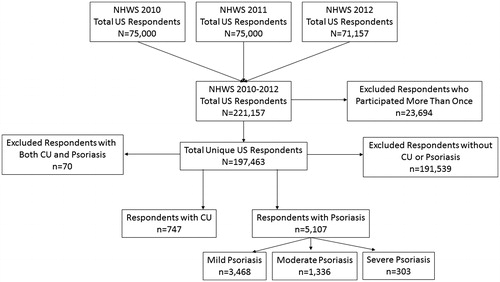
Table 1. Patient demographics, characteristics and comorbidities.
Figure 2. MCS and PCS scores in patients with CU and psoriasis. Horizontal line indicates US norm. CU: chronic urticaria; MCS: mental component summary; PCS: physical component summary.
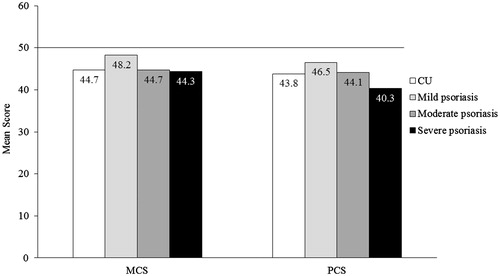
Figure 3. Health utility scores (SF-6D) in patients with CU and psoriasis. The SF-6D utilizes six items from the Medical Outcomes Study 12-Item Short Form Survey Instrument, and yields scores on a theoretical 0–1 scale. Higher scores indicate better quality of life. CU: chronic urticaria.
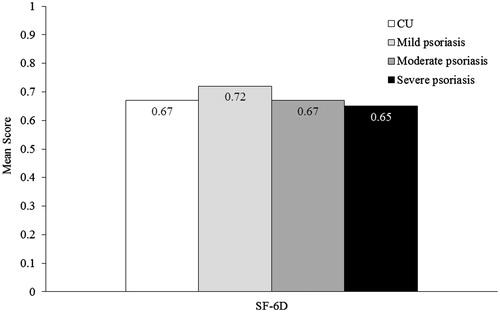
Figure 4. Self-reported anxiety, depression, and sleep problems in the previous 12 months in patients with CU and psoriasis. Sleep problems included insomnia and/or sleep difficulties; anxiety included different types of anxiety (i.e. anxiety, general anxiety disorder, panic disorder, phobia, post-traumatic stress and obsessive compulsive disorder). CU: chronic urticaria.
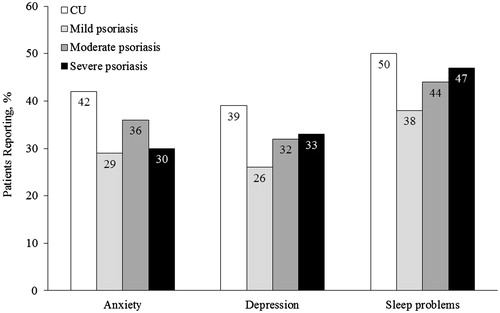
Figure 5. Work productivity and activity impairment in patients with CU and psoriasis. Absenteeism was defined as the percentage of work time missed because of one's health in the past seven days, presenteeism was defined as the percentage of impairment experienced while at work in the past seven days because of one's health, and overall work impairment is an overall impairment estimate that is a combination of absenteeism and presenteeism. Activity impairment was defined as the percentage of impairment in daily activities because of one's health in the past seven days. CU: chronic urticaria.
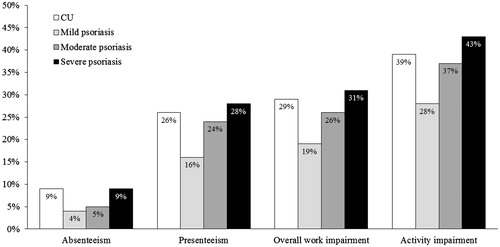
Table 2. Healthcare resource use in patients with CU and psoriasis.
